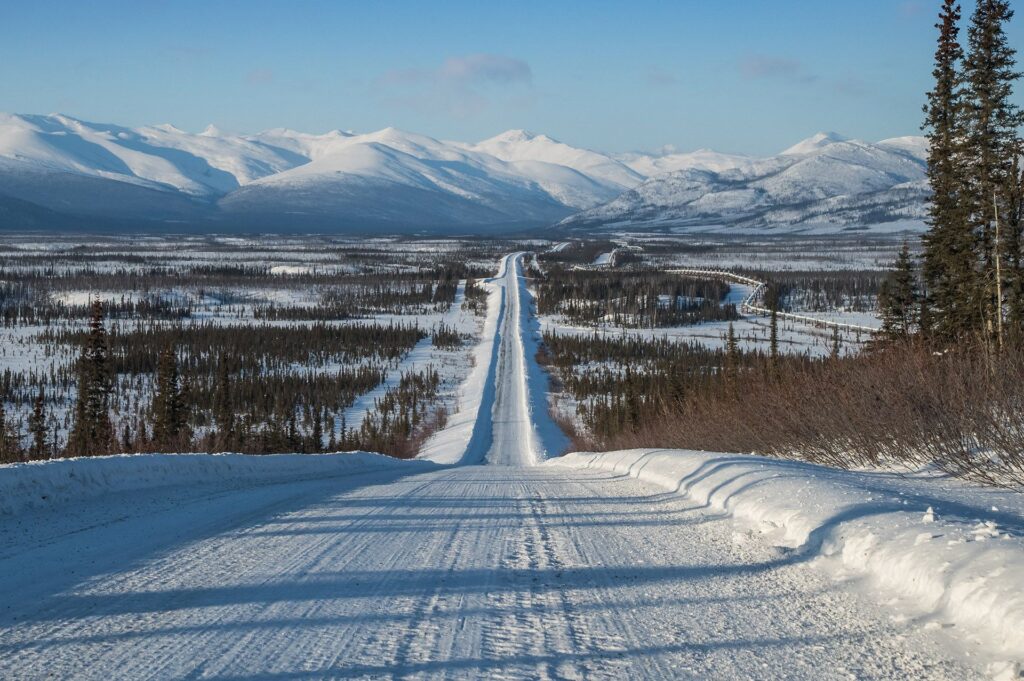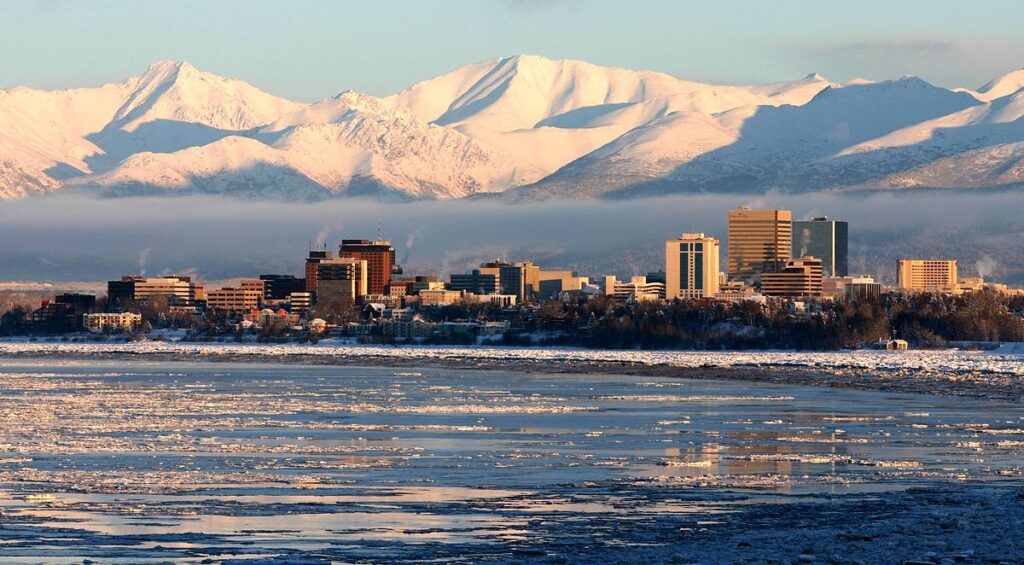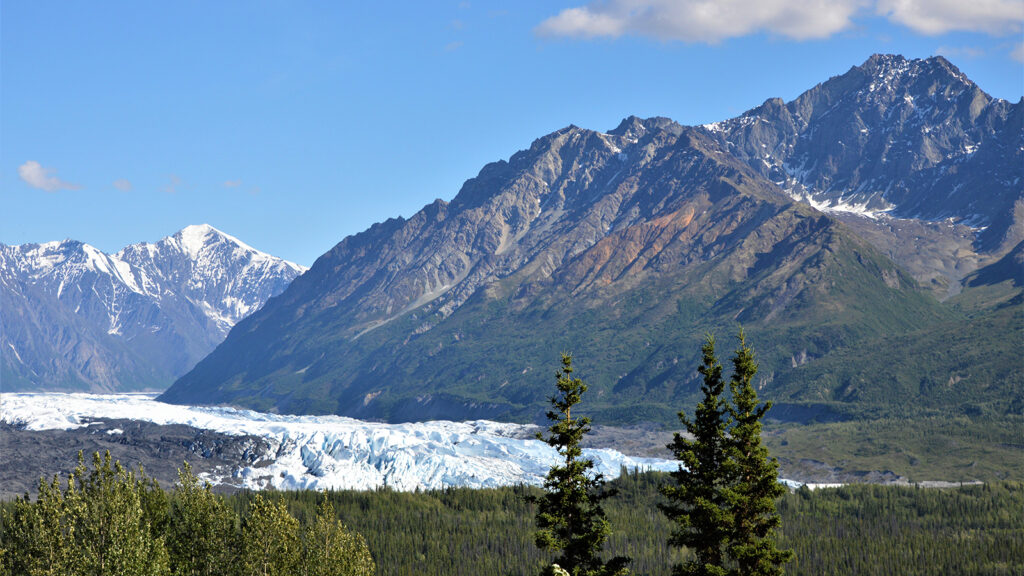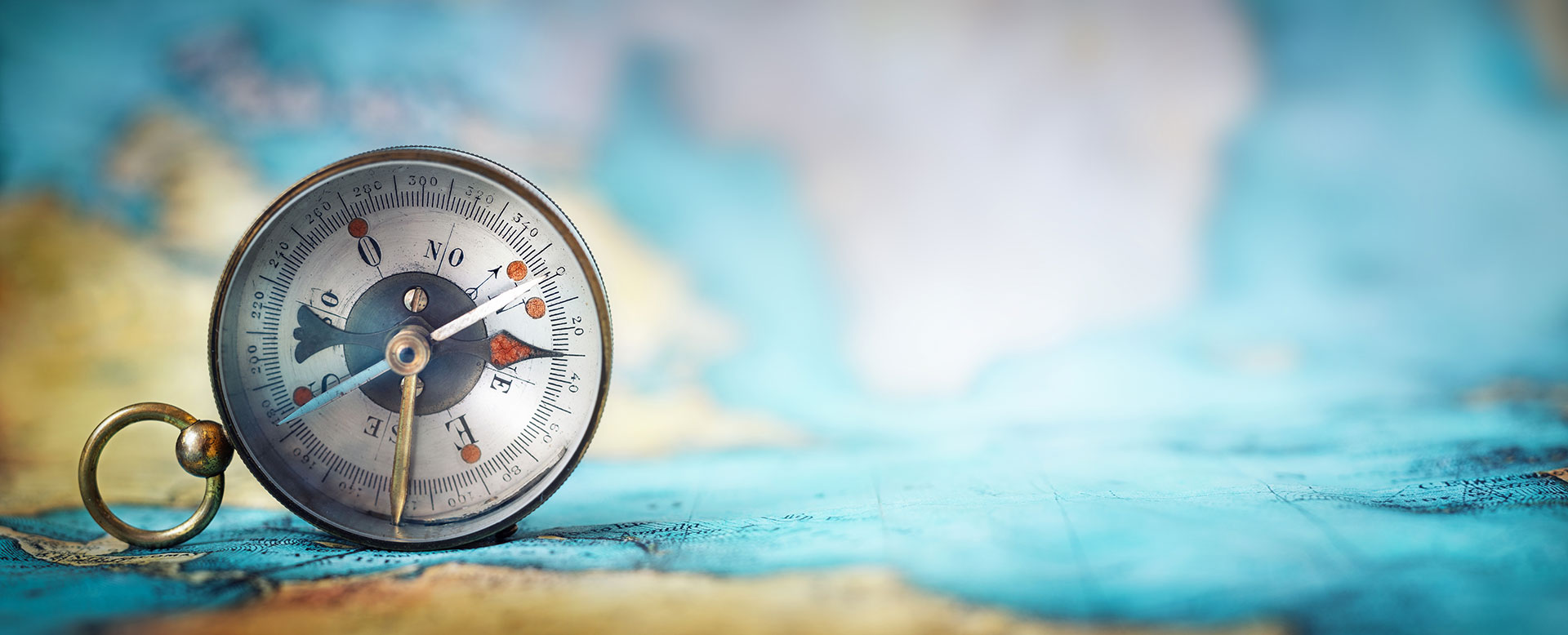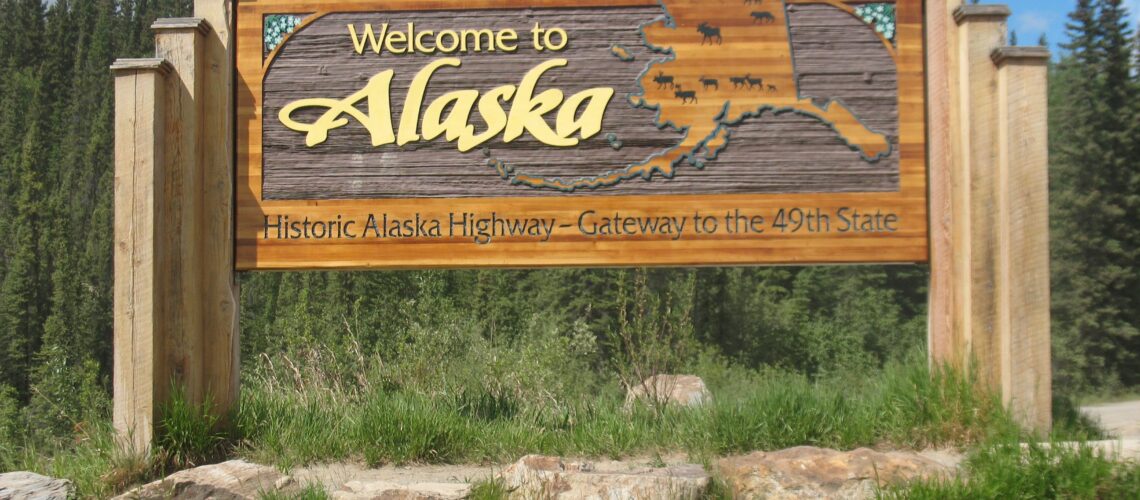
February 13, 2023
United States – Alaska. Part 2 – tourism
Alaska is truly different and unique. It has more mountains, glaciers, and wildlife than just about anywhere else in the world. Alaska is more than a pretty picture: it’s a rejuvenation destination. On an Alaska vacation, you’ll discover a connection with the abundant natural beauty and culture of the 49th state on a glacier excursion, northern lights tour, mountain adventure, wildlife watching cruise, or Alaska Native cultural experience.
It’s easy to get overwhelmed by the sheer number of locations and activities in Alaska. So if you need help with your list, consider these Alaska experiences you shouldn’t miss – and will never forget.
Watch a tidewater glacier crash into the ocean
If you ever need to be reminded of the power of Mother Nature, watch a five-story face of ice shear off a glacier and explode into the ocean below.
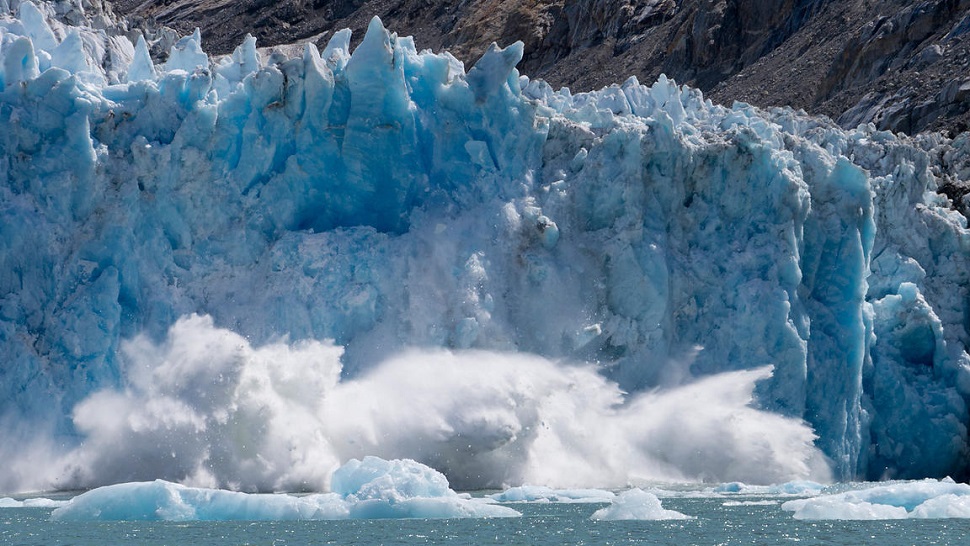
Fly over an Alaska mountain range
Flying over a sea of mountains, glaciers, and crevasses is an amazing experience. As you sit in the warmth and comfort of a plane or helicopter, you’ll see peaks and glacial formations that have never felt the press of a human foot.
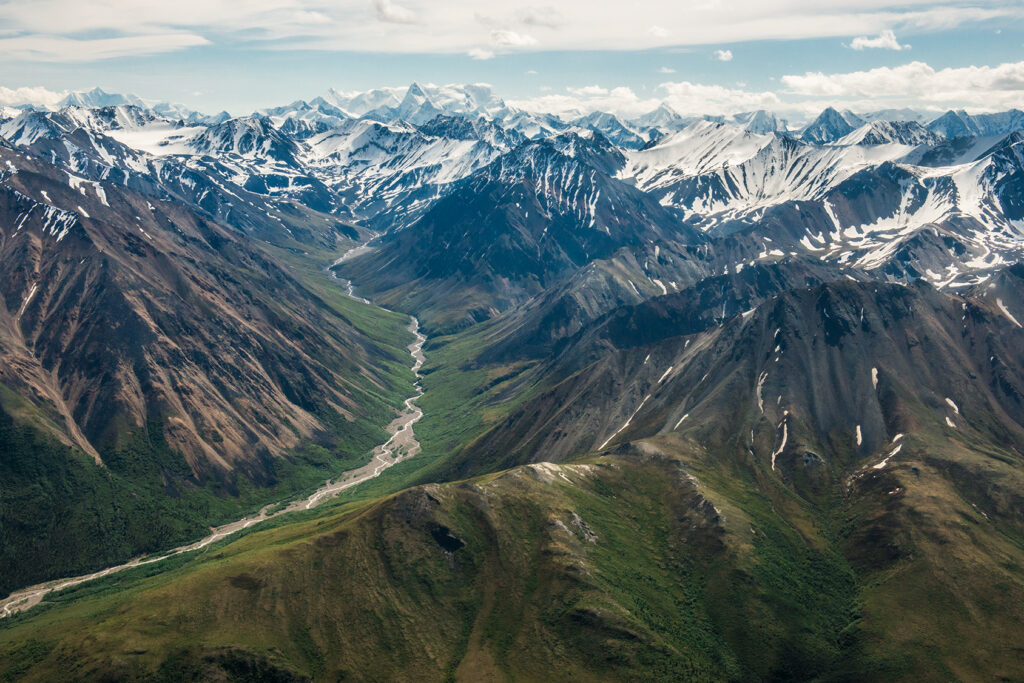
See wildlife
Getting to see a majestic brown bear is the memory of a lifetime. But as iconic as these massive land predators are, they’re just the start of what Alaska has to offer. Soaring bald eagles, colorful puffins, sandhill cranes, black bears, humpback whales, and the moose, the largest member of the deer family.
Some of Alaska’s best wildlife sights are seasonal: every spring, locals and visitors depart on day cruises in hopes of seeing gray whales migrating to their feeding grounds in the Bering and Chukchi seas, and birders flock to tidal flats and wetlands to view thousands of birds on their annual spring migrations. And if you travel to the state’s northern reaches, you might be lucky enough to see caribou traveling in herds so large, they blot out the horizon.
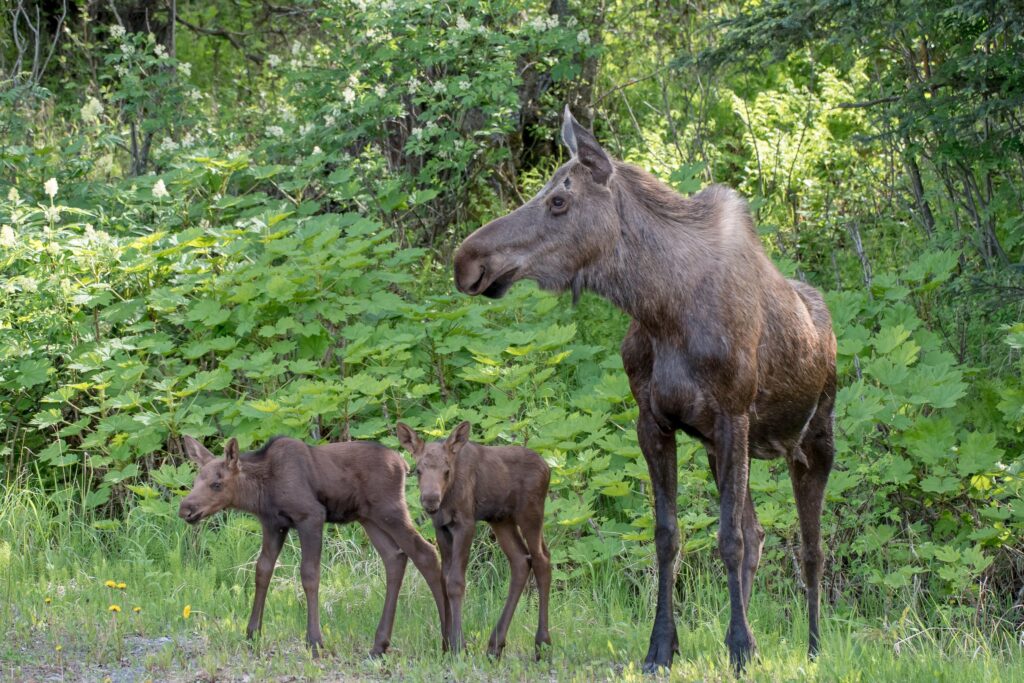
Drive one of Alaska’s highways
If you ever climb an Alaskan mountain, drive a rural highway or hike in a wide-open valley, you get the “Alaska Factor” – that feeling that Alaska seems to go on forever. After all, even if you covered a million acres a day, it would still take more than a year to see all of Alaska. You’ll know the Alaska Factor when you drive a highway for hours, then look at a map and see how little ground you’ve actually covered. Or, when you walk on the tundra towards Denali for hours and the scenery doesn’t change.
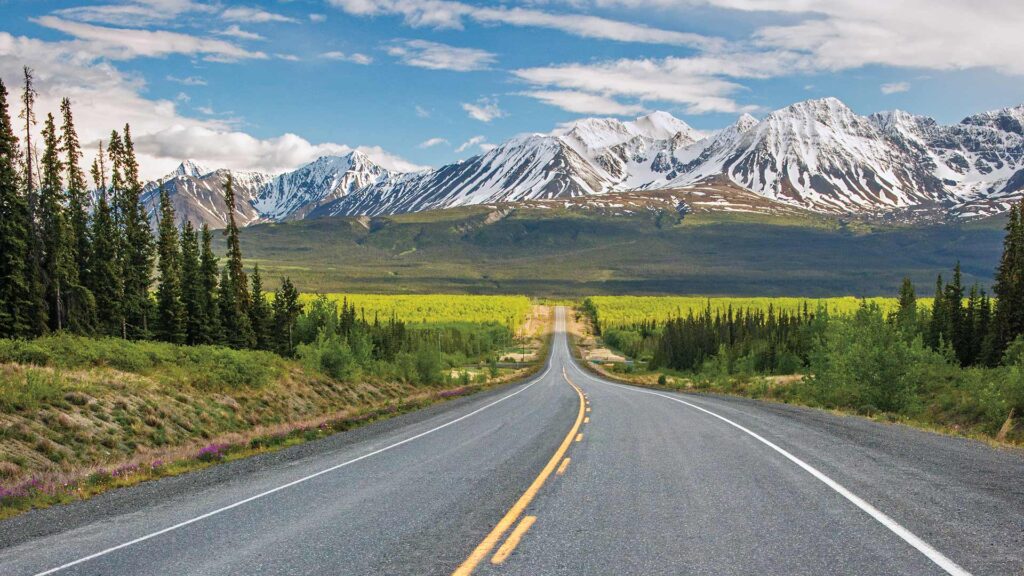
Watch a glacial river
There is something uniquely Alaskan about rivers. Whether you’re floating on one or just standing on the banks, it’s breathtaking to contemplate the vast amount of meltwater spilling from the mountain glaciers to the ocean. One of these rivers may seem huge – and yet, there are 30,000 more of them across Alaska, and each one has been flowing for thousands of years.
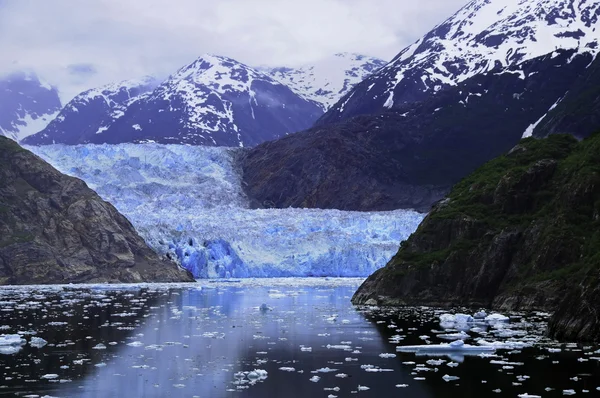
Visit tundra
The magic and mystery of Alaska can be in the details – and when you take a deep whiff of the tundra, you’ll find it raw, but fragrant. You can explore the tundra on a hike, by getting off bus in Denali, or just pulling off the highway.
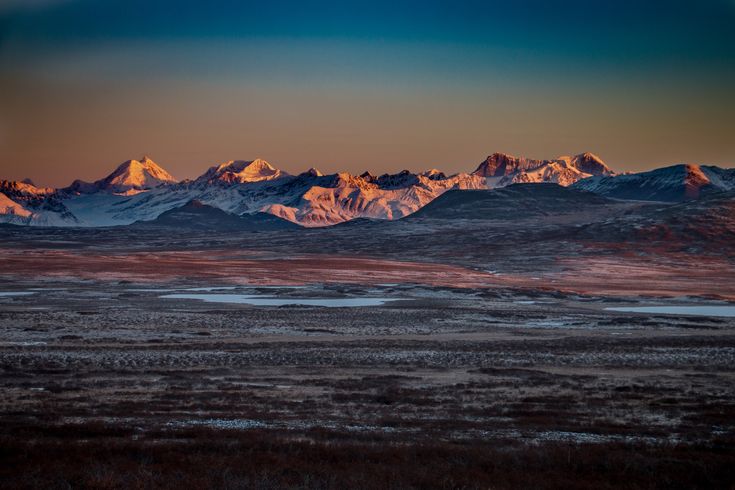
Watch a whale shatter the surface
It may not be rare to spot whales during their annual, thousands-of-miles journey to Alaska. But it’s especially stirring when you see these immense creatures – which live in the deep of the ocean, far below the surface – throw their tons of mass into the air. They’re so graceful, too, that it seems effortless and magical.
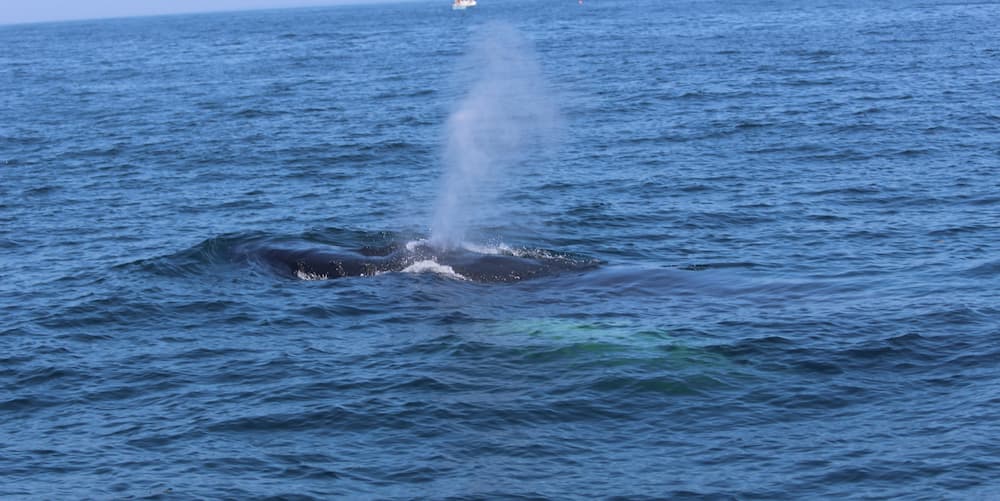
View the Northern Lights
Alaska is one of the best places on earth to see the northern lights, also known as the aurora borealis – colorful bands of light that dance in the dark night sky. The northern lights occur all four seasons of the year, although they are harder to see under the Midnight Sun. The best time to see the northern lights in Alaska is during the cold, clear winter nights between August and April, when less daylight leads to darker night skies. The prime time to see them in all their glory in usually after midnight.
Towns and cities produce ambient light that interferes with aurora viewing, and while auroras are still visible from cities, it is best to view from the outskirts of town, or in an area known for clear, dark skies. While the northern lights can be seen anywhere in Alaska, they’re visible most often in the Interior and Arctic regions.
Fairbanks is one of the best places to view the northern lights in Alaska due to its location, hours of darkness in winter and auroral activity. Other locations which offer more remote northern lights viewing opportunities are Coldfoot, Wiseman, Utqiagvik (Barrow), and Prudhoe Bay/Deadhorse.
Many Alaska hotels offer a northern lights wake-up call (upon request, of course) to wake visitors when the lights are out.
The science
The northern lights, also known as aurora borealis, occur about 60 or 70 miles above the earth’s surface – about 10 times higher than a jet aircraft flies — and can extend hundreds of miles into space. Electrically charged particles traveling through the earth’s magnetosphere collide with gasses, creating energy in the form of light. The intensity of solar flares varies the intensity and extent of activity within the Auroral oval, the ring-like area above the geomagnetic north where auroral activity is concentrated. The most common color displayed is a brilliant yellow-green, but the aurora borealis can also produce red, blue, and purple patterns.
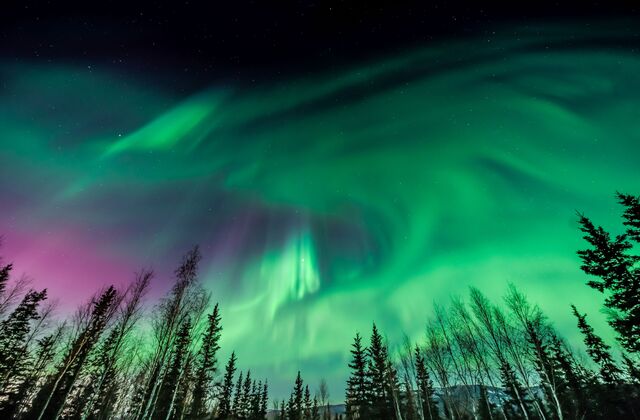
Alaska Native culture
With more than 10,000 years of human history Alaska offers endless options for learning about traditional lands, languages, and ways of being. Hear stories passed down from Elders and feel the heartbeat of drums used in traditional dancing. Watch a blanket toss at a whaling celebration, learn about totem carving techniques passed down from generation to generation, and learn about regional and local Alaska Native functional and creative arts, ranging from carving and basket weaving to sewing and silversmithing.
In general, there are five groups of Alaska Native people identified by region – Iñupiat & St. Lawrence Island Yup’ik in the Arctic; Athabascan in Southcentral and Interior Alaska; Yup’ik & Cup’ik, Unangax̂ and Sugpiaq (Alutiiq) in Southwest Alaska; and Eyak, Haida, Tsimshian, and Tlingit in the Inside Passage.
Alaska Native cultures strongly influence way of life, from names of rivers, mountains, and communities on traditional lands to art, architecture, and culture in our cities. About 15 percent of Alaska’s 730,000 residents are Alaska Native, with 20 distinct cultures and 300 different dialects. Many Alaska Native people live in villages scattered along the coastline and rivers of Alaska, where they still practice traditional subsistence hunting and fishing lifestyles. In all five regions of the state and in communities both large and small, culture and history are shaped by Alaska Native language, artwork, storytelling, ceremonies, and customs.
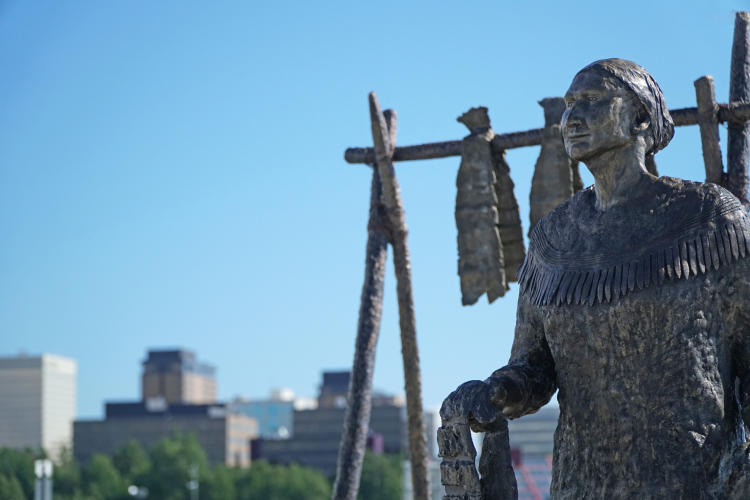
Tell us your favorite
What Alaska experience has moved you? Share your favorite – along with a photo from that moment, if you have one. Then tell us: What makes this an only-in-Alaska experience, and why is this something that no traveler should miss?
